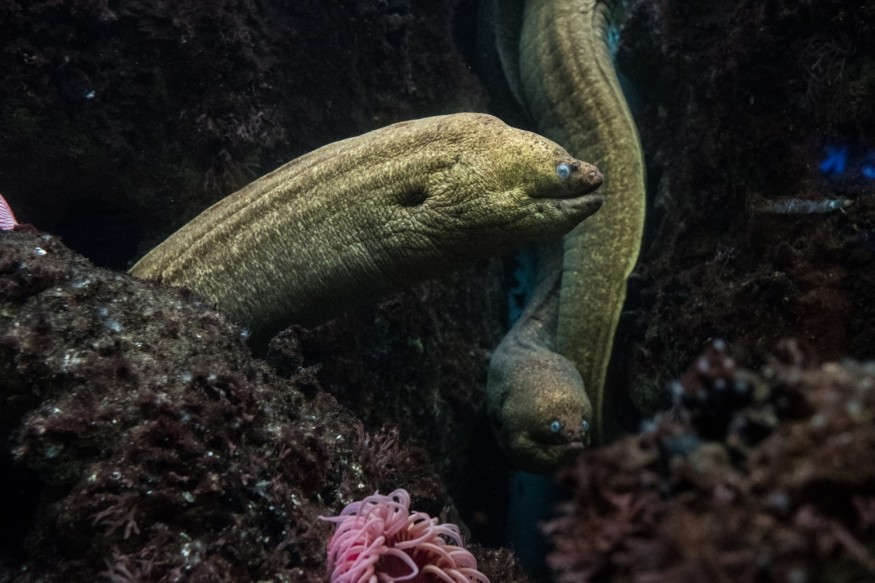The eel population was once thriving in the marine habitats of Somerset, England.
In particular, Somerset Levels has been one of their major domains for many years across the United Kingdom and other parts of the world.
However, human activities like urbanization, overfishing, and structural developments have pushed the local Somerset eel population to the brink of near extinction, in addition to natural causes like predation or extreme weather events.
Still, eels in Somerset Levels have survived but have been designated by conservation authorities as a critically endangered species.
Now, conservationists have found that Somerset eels have mysteriously disappeared in their habitats.
This comes after experts conducted DNA tests and were reportedly shocked to find no traces or signs of eel DNA was found in the area, which was once teeming with the endangered eel population.
Somerset Levels Eel Population

Earlier this week, it was reported that eel experts were shocked after they found no evidence of the marine animal within the network of drainage ditches, which makes up the historical habitats in Somerset Levels.
Experts believe wetlands barriers that were built to block water back from homes and farmlands are the main reason why there are no eels in the area.
The DNA tests were conducted by the organization's Somerset Eel Recovery Project and the Sustainable Eel Group.
Prior to the water sampling of the Somerset Levels, the experts were expecting to find the presence of the critically endangered species, the European eel, mainly in the man-made network of drains to drain the Levels.
The Somerset Levels
The Somerset Levels is a unique landscape consisting of a coastal plain and wetland area of the non-metropolitan county Somerset.
It stretches approximately 170,000 acres across the northern and central parts of the county, in western England.
The declining population or potential endemic extinction of the local eel population in Somerset is crucial since the snake-like freshwater fish plays an important role in the environment.
According to the Somerset Wildlife Trust, these marine creatures are "hidden heroes" of the Somerset waterways since they provide food for wetland birds and mammals.
Critically Endangered Species
However, the population of the European eels in the area has decreased despite the entry of around 100 million eels annually through the Bristol Channel, according to reports.
Nevertheless, the wildlife trust organization said the Somerset Levels and Moors eel population has declined between 90% to 95% since the 1980s.
The European eel (Anguilla anguilla) has been designated by the International Union for Conservation of Nature (IUCN) as "Critically Endangered" based on its Red List of Threatened Species.
Aside from the Somerset waterways, the European eels spend most of their life across European rivers, which flow out in the open oceans of the Atlantic, Baltic, and Mediterranean.
The eels, being a high demand as food delicacies in Asia and Europe, excessive fishing has occurred in previous years, in addition to other threats, such as dams, which blocked their migration paths, according to the IUCN.
Related Article : The Eel Feels But Does it Make a Good Pet?
© 2026 NatureWorldNews.com All rights reserved. Do not reproduce without permission.





